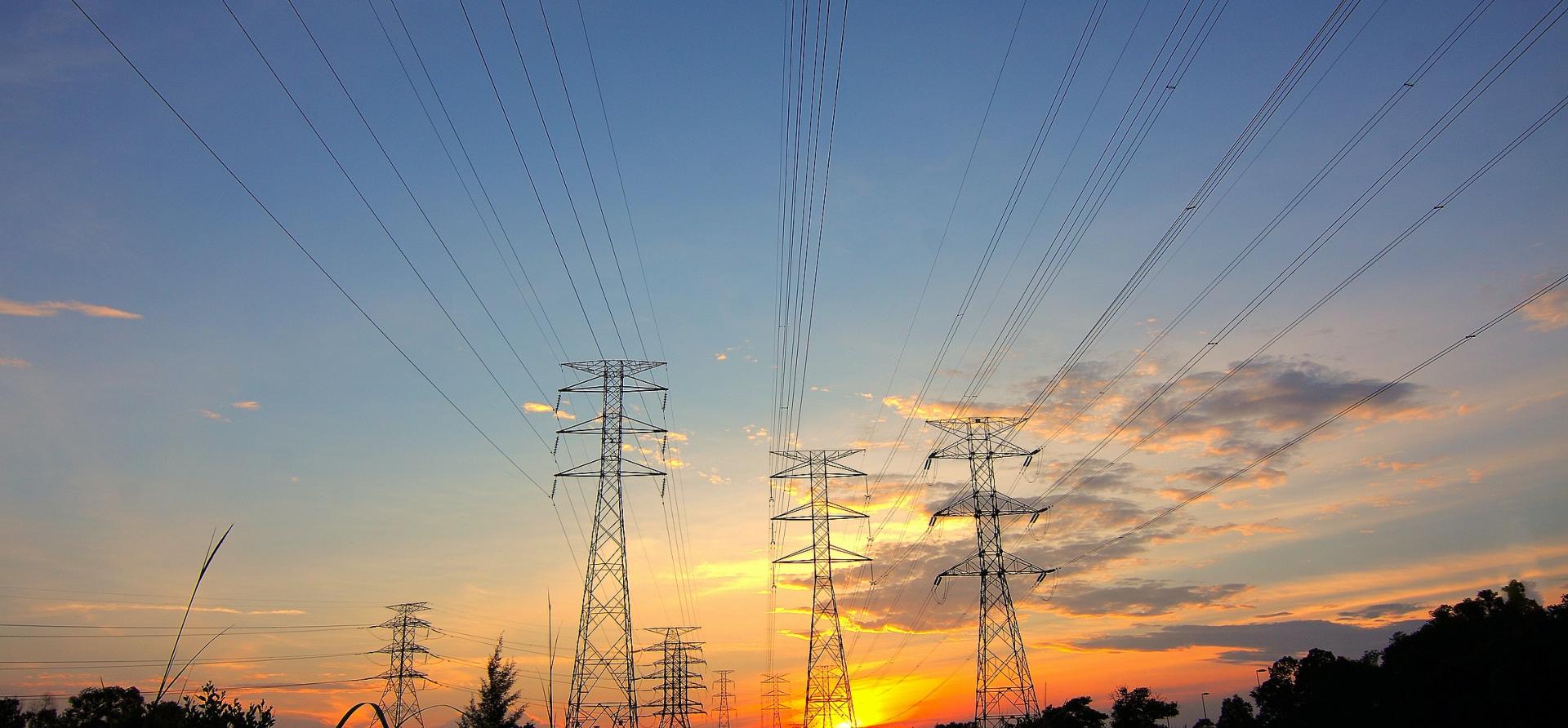Electricity-Grid transition in the U.K.: As coal-fired generation recedes, renewables and reliable generation can fill the gap
Download Full Report

Key Findings
Four years ago, the U.K. government’s energy department introduced electricity market reforms intended to drive some £100 billion of new private sector investment in U.K. electricity infrastructure. The goal was to accommodate projected increases in electricity demand, and to replace aging power plants.
Preliminary data shows that coal generation in the U.K. declined by about 60% in 2016. This decline can be attributed to the closure of about one-fifth of all coal capacity and by the persistence of low load factors at the remaining coal-fired plants.
Executive Summary
This report presents a detailed recent snapshot of the U.K. electricity market.
It specifically assesses the performance of this market, four years after reforms were implemented that were intended to increase the cost-effectiveness of new-build renewable power and bolster grid security by incentivising reliable new generation.
The hope at the time of the reforms was that the introduction of capacity markets — mechanisms by which standby power is subsidized — would prepare the U.K. adequately for a modernized energy security. So far, the effort has done little more than support the status quo.
Main Findings:
- The U.K. electric grid is coping successfully with a coal phase-out which is well under way and that is scheduled for completion by 2025. Last year, U.K. coal generation declined by 60%. The grid was resilient. National Grid, the transmission system operator, took no demand control action, issued only a handful of emergency margin alerts, and had no need for “last resort” standby power plants.
- Grid security would be bolstered enormously if U.K. markets were to deliver on a large pipeline of renewable energy and interconnection projects. IEEFA sees renewable energy and interconnection forming the backbone of the U.K. grid in the medium and long term. We estimate that the combined total of renewable and interconnection projects in the immediate pipeline or targeted will deliver more than 80 terawatt hours (TWh) of generation annually by 2025. For comparison, this amount exceeds the U.K.’s total nuclear generation today. Gains in demand reduction and efficiency would further enhance grid security.
- Tight margins in supply and demand show that new reliable peaking generation is also needed, and it is far from certain that current capacity markets will provide it. While the goal of the capacity market was to drive investment in reliable new generation, the scheme—with £3.4 billion in awarded contracts to date—has yet to incentivise a single large new power plant. This support for existing generation is distorting energy markets and has subsidized outdated investment, including more than £450 million for existing coal-fired power plants. Smaller, targeted capacity auctions solely for flexible, new-build generation, including gas peakers, demand-side response (DSR) and storage, should reduce this distortion. It should also reduce energy consumer bills.
- Brexit offers an opportunity to reform the market again — and with better results. The U.K.’s departure from the European Union may eliminate the need for EU approvals for auctions that support certain technologies, such as battery storage, and for policies that eliminate aging forms of technology, such as coal-fired generation.
- Efficient energy-only markets—as opposed to subsidized capacity markets— still have a place. This has been demonstrated in the U.S., where some electricity systems are delivering a rapid, low-carbon transition without the need for capacity markets. These competitive markets are successfully managing the transition from coal to renewables, while the number of scarcity hours has decreased dramatically.
- Concrete reforms in the U.K. balancing market would bolster energy markets by strengthening the price signals that drive investment. Such reforms could drive market participants to invest in flexibility themselves — a more efficient approach —and thus help avoid the large-scale government intervention implied in the capacity market. Other balancing-market reforms could include shortened settlement periods, from 30 minutes to 15 minutes, following a trend already established in continental Europe.
Please view full report PDF for references and sources.















